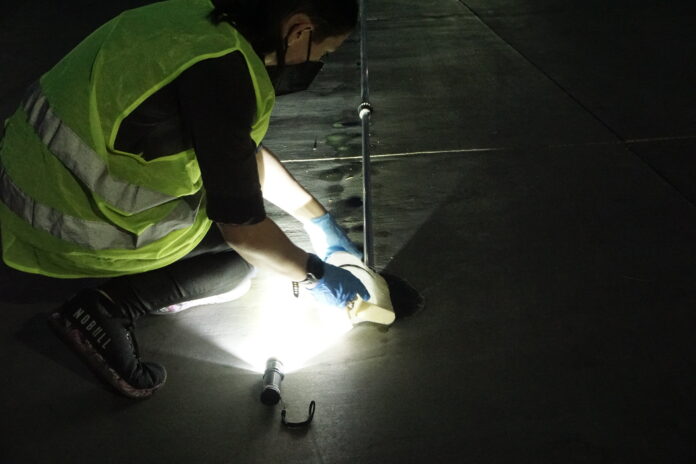UNLV’s wastewater surveillance program recently expanded its accessibility with the launch of an online wastewater monitoring dashboard and the expansion of its testing pool to include stormwater.
UNLV, in collaboration with Southern Nevada Health District (SNHD), Southern Nevada Water Authority (SNWA), and Desert Research Institute (DRI), recently launched an online dashboard for the Nevada Enabling the Management of Public health Outcomes through Wastewater Resources (NV EMPOWER) Program. This dashboard contains the program’s mission statement, information on the program, and recent statistics gathered from wastewater programs across the state.
The EMPOWER Program dashboard is a recent effort to combat suspicions of wastewater collection, such as those behind a recently proposed law in North Dakota that would have banned wastewater collection and analysis based on a potential loss of privacy for college students, according to the Associated Press and Bismarck Tribune.
Though the North Dakota bill failed to pass, the EMPOWER Program dashboard is an outreach to make the work of wastewater surveillance in Nevada more open and accessible to the public.
“I worry that other folks might think that this information might be more hurtful than helpful,” said Edwin Oh, head of UNLV’s wastewater surveillance program. “And that’s why we truly need to be able to share with folks what’s going on, in terms of what we’re discovering. That’s part of the reason that we launched this website, https://empower.unlv.edu, because we want to be able to share real time data with communities.”
Oh and his team have also recently expanded the testing range of UNLV’s wastewater surveillance program to include stormwater as well.
“Wash water from rain or water from golf courses that end up heading towards Lake Mead doesn’t get treated,” Oh said. “And we’ve still been seeing viral levels present in such waters, and that’s a bit of a novel finding.”
The expansion into stormwater allows for the team to analyze samples from populations that do not always have access to the sewer system, such as the homeless and local wildlife.
“There are only a few possibilities of how that virus is getting into that water,” Oh said. “One especially for us which is really, really important is the homeless population that lives in these tunnels. I think that’s a big contributing source of some of the viruses that we’re seeing in the stormwater. The other major contributor to this would be the wildlife that’s in there, either rats that are running around in these tunnels and or other wild animals that might already be infected.”
Oh also talked about working with schools to test the wastewater for the presence of certain viruses before the infection spreads throughout a significant amount of the student body.
Going forward, Oh sees massive opportunities for what wastewater analysis is still yet to do to help communities. He talked about the program potentially testing for drugs of abuse within communities or institutions, as well as testing the food intake of communities to promote healthier eating habits.
“Something like 80 or 90% of this country is linked to major wastewater treatment plants,” Oh said. “So that means that at any point in time in this country, you can get a feeling, a sense of the health of 80 or 90% of this country, which is just amazing.”

